By now I think it is fair to say almost everyone knows what it means to be gluten-free. A word that is thrown around a lot today while more products hit the shelves. This is considered a good thing, especially for those who have celiac disease whom once upon a time, would have to search through and far for gluten-free products. For those who are still not entirely sure, gluten is a protein that is found in barley, wheat, rye and triticale (a cross between wheat and rye).
For people who have celiac disease, it is vital for them to avoid gluten entirely because of the negative health effects it can have on their bodies. Some side effects may include but are not limited to anemia, weight loss, fatigue, diarrhea, bloating, skin breakouts and rashes. Whether you have celiac disease, have a gluten sensitivity or choose to avoid gluten for dietary preference it is useful to know that there are some surprising foods that contain gluten. Gluten is in more than pasta and bread and these surprising foods can sneak up on you. Here is a list of 20 foods that may surprise you to know contain gluten. When in doubt look for the certified gluten-free label on food packaging and when out at restaurants always make sure to notify your server of your needs so you don’t end up sick after a delicious meal.
It may surprise you like it did myself but soy sauce does often contain gluten. Many manufacturers use wheat as an ingredient in soy sauce making it not suitable for someone who is seeking gluten-free options.Be mindful of foods that contain soy sauce as an ingredient such as marinades as they too will then not be suitable. There is no need to worry because there are several options out there available for you such as gluten-free tamari.
It is also important to note that other Asian sauces such as Hoisin will often contain gluten. Although they are sweet and compliment many dishes it is important to look for gluten-free options and to ask your server when out for Asian cuisine what suits your diet needs. Furthermore, many other sauces such as barbeque sauce contain gluten as well. They often contain wheat ingredients as a thickener so make sure to look for the gluten-free label when shopping.
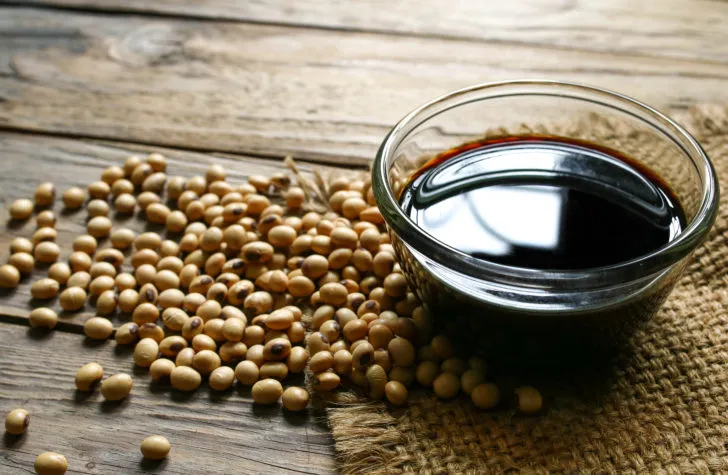
preecha2531 / Shutterstock
2
When you think about chips the mind usually thinks about potatoes, not necessarily wheat. However, many flavored chips, as well as canned chips, contain gluten. Make sure to also look out for multi-grain chips as they too often contain gluten.
Next time you’re looking at the snack aisle, you will want to thoroughly read the labels before you devour a bag that will cause you serious regret. If you’re ever unsure it will probably be best to avoid it all together or go for a different kind of snack or even better yet make your own crispy taters at home.

vitals / Shutterstock
3
There’s something nostalgic about a pack of long red licorice, it reminds me of days at the beach spent with my family. For some reason, mostly because they’re delicious it was a staple treat we would always bring with us. Licorice candies such as Twizzlers were actually invented in 1845 but didn’t become a mainstream candy until the mid-1960’s. Now we can get licorice in a variety of flavors from cherry, to strawberry to watermelon and many more.
To my surprise and maybe yours too, licorice is often not a gluten-free candy. Wheat is used in the candy as a binding agent making it not suitable for a gluten-free diet. There are many candies out there that are certified gluten-free so make sure to look out for those instead.
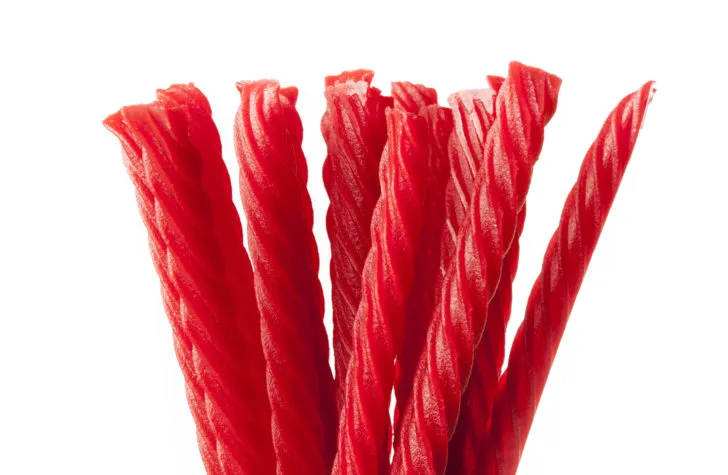
Brent Hofacker / Shutterstock
4
Rice is a great alternative to eating pasta and makes an excellent alternative to many breakfast food items too. While you may think that buying rice cereal is a safe alternative that isn’t always the case. It might shock you too to find out that some rice cereals are not gluten-free.
This is due some flavorings are made from a barley ingredient also known as malt flavoring. To prevent accidentally consuming gluten at your next meal, be sure to take extra precautions and always read the ingredients listed on the packaging. You could even search for gluten-free rice brands online before shopping.
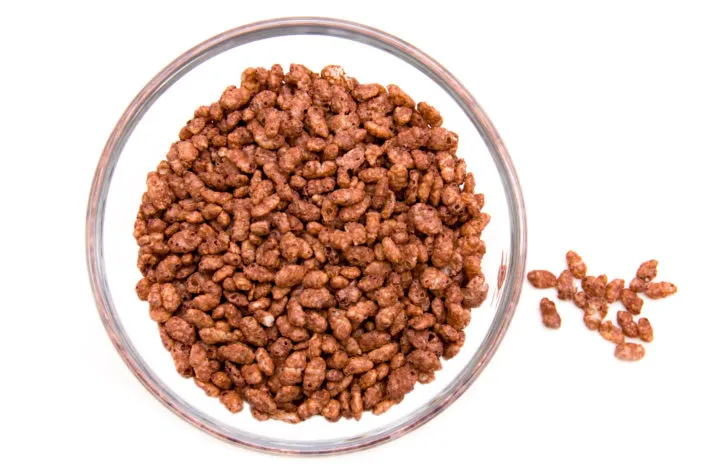
spafra / Shutterstock
5
Many of us pop a piece of gum in our mouths to freshen our breath or to help pass the hunger without thinking twice. Who would think that you need to worry about an ingredient like gluten being in a piece of chewing gum? But in fact, you really should look twice.
Not all but some manufacturers will use wheat flour to coat the pieces of gum. This is used to keep the gum from sticking together inside the packaging. While it serves a practical purpose it isn’t suited for those on a gluten-free diet. There are several brands that are gluten-free certified so make sure to keep an eye out for the certification.
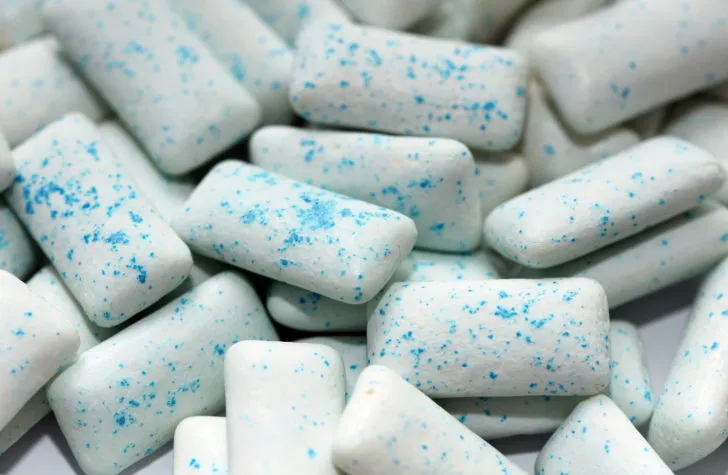
artfotoxyz / Shutterstock
6
Salad dressing is usually the best part of the salad, in my opinion! How could it not be? The assortment of flavors from tangy to sweet make it the perfect lunch or side dish. They also make awesome marinades or sauces for some cooking recipes. However, it is important to know that many companies use gluten ingredients as a thickener for the salad dressing.
Make sure when shopping for salad dressing you always read the labels to avoid confrontation with your enemy, gluten. A better, safer and maybe even more delicious option would be to make your own salad dressing at home.
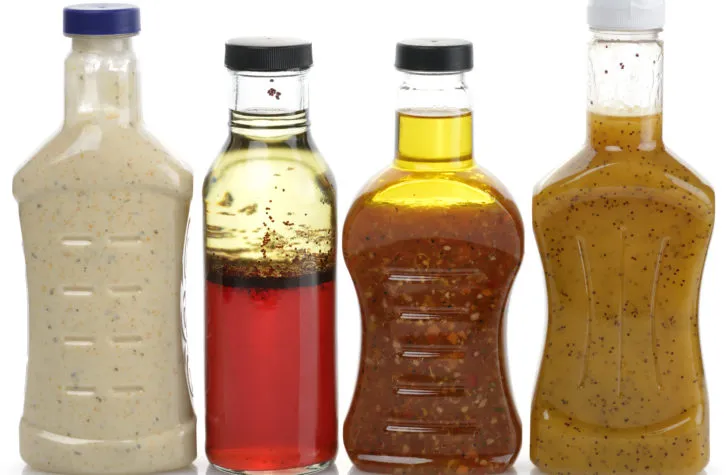
Svetlana Foote / Shutterstock
7
Canned soup offers the ultimate convenience. You simply open, pour, maybe add some extra liquid, heat and then serve. There is zero chopping or waiting for hours required in this kind of soup making.
Canned soup may be convenient but it is often unfortunately not gluten-free. Many cans of soup use wheat as a soup thickener to give it that thick creamy texture that we love. Canned soup isn’t usually that healthy anyways so don’t feel left out, just make your own and consider making it in bulk so you can freeze it and save it for cooking convenience later.

Ozgur Coskun / Shutterstock
8
It’s easy to assume that oat products are gluten-free considering how popular they are. While they do offer an excellent choice as a substitution to gluten-containing ingredients, some oat manufacturers do have cross-contamination within their factories.
There are manufacturers that process oats and wheat in the same facility and when this is the case you run the risk of having a flare up without knowing it. That’s why you need to make sure to always look at the packaging and check to see if it is gluten-free certified, as well as not processed in a facility with other gluten products.
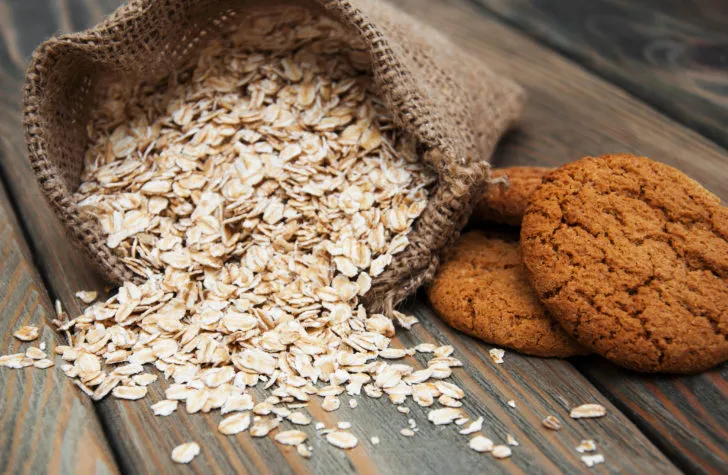
Es75 / Shutterstock
9
Individual spices and herbs don’t often contain gluten ingredients, however, mixed seasonings often do. The spice and/or herb blend is often combined with a carrier agent such as sugar, starches or flours and then mixed with an anti-caking agent to keep the spices from binding together.
In North America, it is required for manufacturers to declare if their products contain gluten. It may be best that you don’t buy spice blends from bulk bins as there can often be a risk of cross-contamination and when in doubt don’t be shy to call the manufacturing company and speak to a customer service representative to help answer any of your questions about their products

D_M / Shutterstock
10
Gravy is the perfect ingredient for so many dinnertime favorites. Turkey, mashed potatoes, fries, vegetables — the list goes on! Like packaged seasonings, a lot of gravy mixes contain gluten as well. Flour is often used as a thickener for the gravy to help give it that thick and creamy texture we are familiar with.
If you’re finding it difficult to find gluten-free gravy at the supermarket you could consider making your own homemade gravy as an alternate choice. Cornstarch makes a great substitute to flour as a thickener ingredient and can help make your gravy suitable for your diet restrictions.

Africa Studio / Shutterstock
11
Hot dogs are a tried and true favorite food in the U.S. Especially when it’s covered in ketchup, mustard, and relish! While it is sometimes obvious that a hot dog bun contains gluten, it isn’t always obvious that this iconic street food — like hot dogs — contains gluten too. Not only hot dogs but many sausages as well will have some sort of wheat ingredient in the mix.
With gluten intolerances on the rise, many companies are taking note and are offering gluten-free options. Make sure to always read your labels before you fire up the grill with hot dogs.
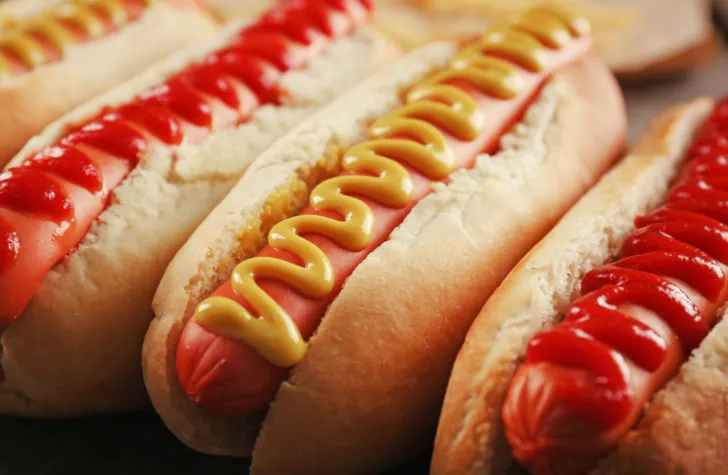
Africa Studio / Shutterstock
12
When it comes to eating out getting a side of fries is usually a popular choice, delicious and comforting. However, there are several reasons why fries from a restaurant may contain gluten in some form or other. Make sure to ask your server if there would be a risk of cross-contamination as some restaurants use the same fryer for breaded food, meat and their fries.
Further, another great question to ask your server is what are the fries seasoned with. Some restaurants will season the fries with a seasoning mixture that contains gluten, as we discussed previously many mixed seasonings contain gluten. Some restaurants will also use flour to coat the fries, common in sweet potato fries to give them an extra crispy and fluffy texture. Some packaged fries you buy in the freezer section in the grocery store also contain gluten from the seasonings. Always read the labels, talk to your server and or play it safe and make your own home fries.

Kzenon / Shutterstock
13
Stock cubes are a great way to build a soup by using it as the base, you can enjoy as is or consider adding in a multitude of different ingredients. However, when it comes to stock cubes they could be considered a gluten landmine.
Like packaged seasonings, many different stock cubes contain gluten too. A popular ingredient to look out for when reading the label is maltodextrin, a gluten ingredient. There are many gluten-free stocks available now but some will still have traces or come in contact with gluten through cross contamination (if it’s below 20 parts per million (ppm) the company isn’t required to label it). A safer option would be to make your own stock from vegetable and or meat scraps.

Ildi Papp / Shutterstock
14
Veggie burgers are awesome substitutes for people who love to indulge in some BBQ cuisine without sacrificing any animal products in the process. They taste almost exactly like the real thing! Unfortunately for those who live a gluten-free diet, you should take precautions when purchasing or ordering veggie burgers too.
Like other meat products, veggie burgers also sometimes use gluten-containing ingredients to give the burger a meat-like texture. In other cases, the ingredients are used to help bind everything together. There are many options available now that are gluten-free and meat-free just make sure double check next time you go grocery shopping.
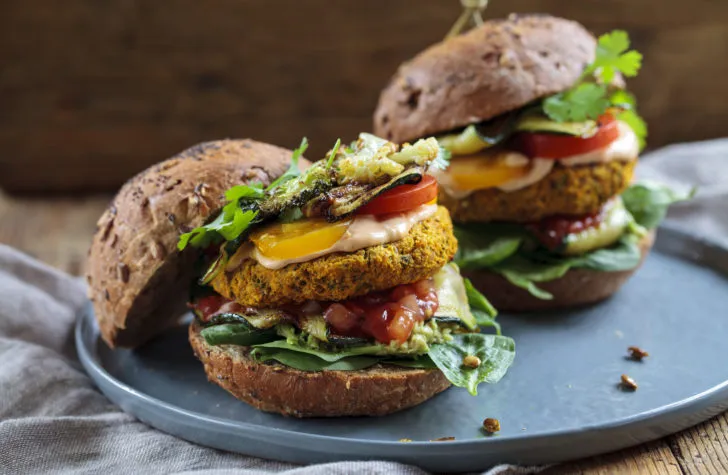
Magdanatka / Shutterstock
15
Pure chocolate, especially if its been roasted straight from cacao beans is indeed gluten-free. It is the chocolate candy bar varieties that you need to be concerned about. Some brands will use wheat flour in the chocolate while others will contain gluten candy mix-ins.
Pay close attention to chocolate that has any pretzel or cookie ingredients as well as look out for crispy chocolate that may contain crisps that add texture but are not gluten-free. Some chocolate will contain not only flour but also barley or malt ingredients, make sure you read the label and don’t take the note “may contain traces of wheat” lightly.

Africa Studio / Shutterstock
16
When you think about gluten and gluten in foods, it’s easy to forget that gluten can also be found in beverages as well, specifically so in alcohol. Many types of alcohols contain gluten such as beer, and any alcohol that hasn’t gone through the distillation process.
When seeking alcohols that are gluten-free you will usually be safe with wine, champagne or spirits. While the distillation process is supposed to get rid of any traces of gluten some manufacturers don’t do it thoroughly enough. That being said, make sure to always check or call the company to find out for sure.

Leszek Czerwonka / Shutterstock
17
Pie for dessert is always a good choice. With so many flavors to choose from, everyone has their favorite type! While you may already have to worry about finding gluten-free pie crust you need to think about the pie filling too. Many pie fillers contain gluten as a thickener.
It may be best to leave the premade pie filler on the shelf and make your own instead. There is nothing better than using fresh fruit for a pie anyways. Mix in some sugar or a natural sweetener whatever pleases you and consider using cornstarch or arrowroot starch as a thickener instead.

Sergey Peterman / Shutterstock
18
Millions of people can’t go a day without sipping on a mug full of coffee. If you’re an instant coffee drinker, then you could unknowingly be consuming gluten every morning. While coffee beans themselves do not contain gluten some instant coffees will. Once again, gluten is used as a bulking ingredient here.
It is important to keep in mind that other powdered drinks such as powdered milk may contain wheat as well. As always, be sure to read your labels or stick to the fresh version instead. You never know which manufacturers could be sneaking gluten ingredients into their products.
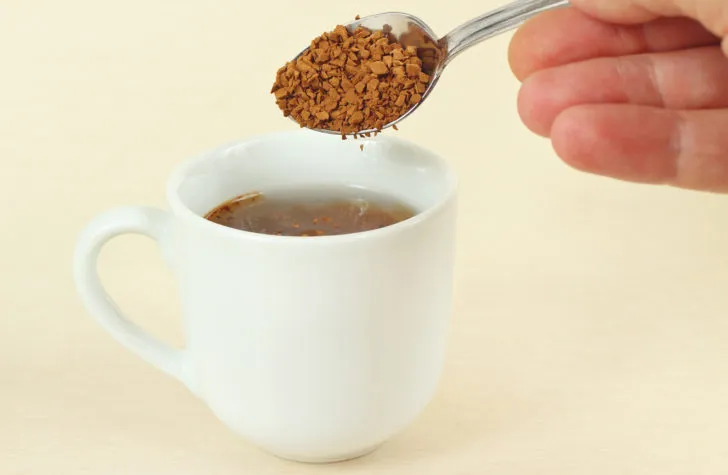
Boris Bulychev / Shutterstock
19
While a classic recipe to make an omelet is usually gluten-free, some restaurant recipes are not. Several online sources state that even popular chain restaurants use pancake batter in their omelets. The purpose of this is to make them have a fluffier texture. While it tastes great, it’s not something that people on a gluten-free diet will want.
Make sure to always let your server know that you have a gluten allergy and take the extra precautions when ordering an omelet. They might be able to make dietary adjustments. You could always save the money, stay home, and make your own.
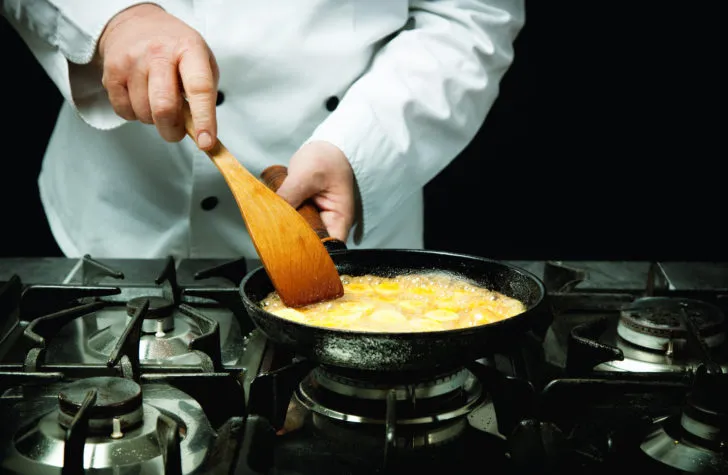
melhijad / Shutterstock
20
Meatballs are an easy appetizer especially for potluck dinners because you can throw them in the slow cooker and they’re good to go. Second, meatloaf is a classic and timeless staple dinner that has been around for a long time. The unfortunate fact about meatballs and meatloaf both store-bought and restaurant made is that they are often not gluten free.
Many meatballs and meatloaf manufacturers and even recipes online call for breadcrumbs which contain wheat. We all know that wheat is an ingredient that is not invited to the gluten-free party! Breadcrumbs are considered a binding agent and are what help keep the meat together in a food such as meatballs or meatloaf. Try making your own as there are many ways to bind meat without using breadcrumbs like mashed potatoes and egg.
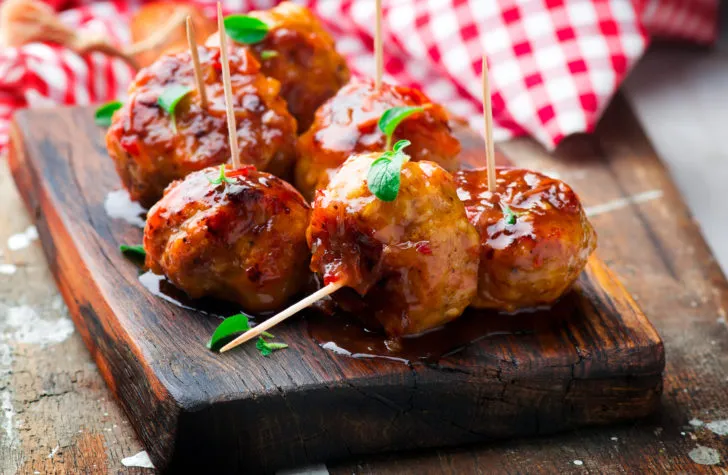
zoryanchik / Shutterstock
Clarissa loves experimenting with food of all cultures to make unique healthy dishes. When she’s not browsing Pinterest for new recipe inspiration she likes to pick up a DIY project and use her creative hands to make art or crafts. In her down time you can find her watching the latest documentaries on Netflix or going for nature walks.
